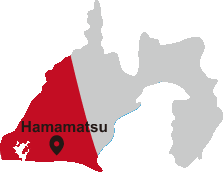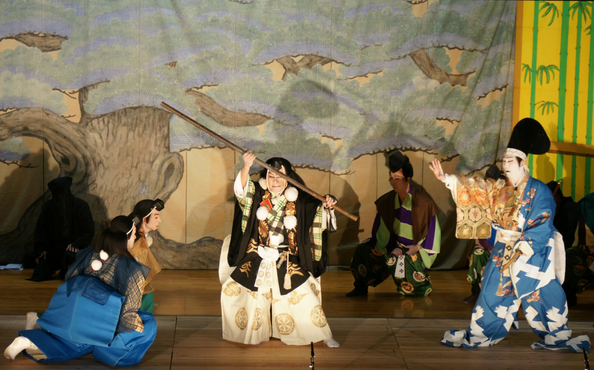You can see the traditional Japanese art of kabuki in Hamamatsu City!
This event will be cancelled in 2021.
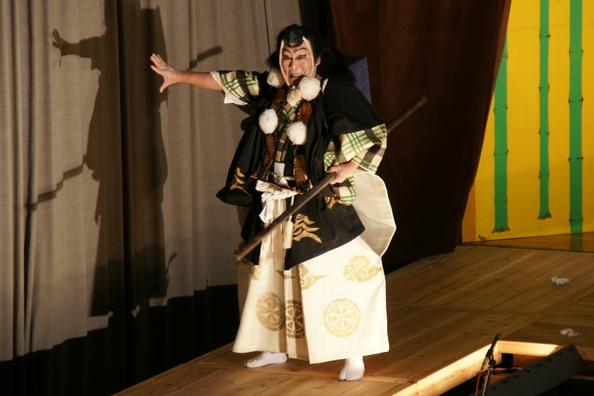
Photo:浦川歌舞伎保存会
Kabuki is a traditional Japanese performing art that includes each of the three elements indicated by the Japanese characters in the name: music, dance and performance. Interest in kabuki, both at home and abroad has been rising, and it was designated an intangible cultural heritage property in 2009.

Photo:横尾歌舞伎保存会
Kabuki is characterized by its unique look and feel, including the performance of all roles, even those of women, by male actors, and the distinctive make-up and costumes reminiscent of ukiyo-e pictures. Generally, kabuki is performed by professional kabuki performers. It is performed throughout Japan, and it is performed year round at the Kabukiza in Tokyo (currently closed for renovations, completion planned for spring 2013). However, there are also opportunities to see kabuki in Hamamatsu City. The kind of kabuki you can see in Hamamatsu City is called folk kabuki, a form of kabuki performed by farmers that was popular from the Edo period through the Meiji period as one of the few recreational pasttimes in farming villages. Although the kabuki is performed by amateurs, they mainly perform famous plays, making it easy to understand even for a beginner, and a good opportunity to experience kabuki in a casual setting. In modern folk kabuki, in order to pass on the tradition, both men and women of all ages, from children to adults, enjoy performing kabuki.
Folk Kabuki Groups in Hamamatsu City
Yuto Kabuki Manninko Regular
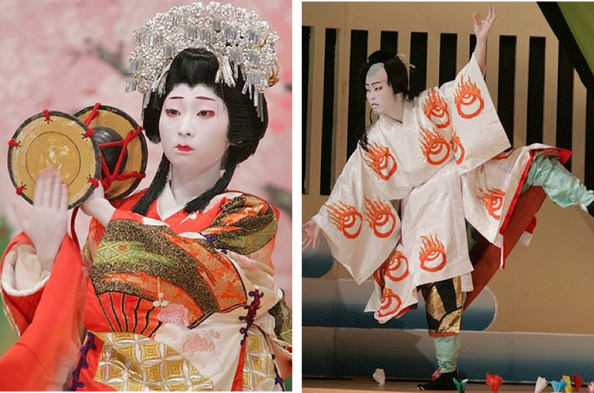
Photo:南浜名湖.COM
Manninko was started by villagers in the Yuto area in the late Edo period, which learned acting from a kabuki troupe that was invited to the area to provide entertainment at the village festival. The line of succession was broken after a final performance in 1952, but with the formation of the Yuto Kabuki Preservation Society, it was revived in 1990 after 38 years. Today, through activities such as annual performances and a children's kabuki class, the members of the preservation society broaden their understanding of their hometown's traditional art and carry on its tradition.

Photo:南浜名湖.COM
January 17 (Sun), 2021
※Regular Performances: the third Sunday of January every year
※Regular Performances: the third Sunday of January every year
| OPEN | 9:30am |
| START | 10:30am |
| PLACE | Yuto Culture Center Main Hall (Chūō-ku, Yuto-cho, Ubumi) |
| ADMISSION | Free |
| CAPACITY | 600persons |
Yokoo Kabuki
Intangible folk cultural property
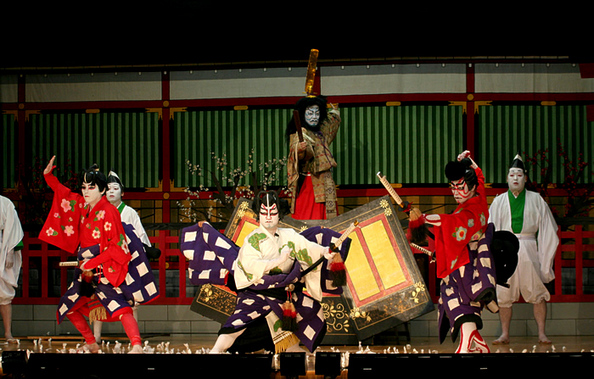
Photo:横尾歌舞伎保存会
This folk kabuki group has carried on their tradition continuously since the Edo period, one of only a few in Japan to do so. Performances are held in October of every year, with children's kabuki performances alongside the plays put on by the members of the local preservation society. The performers, samisen, musical instruments, stage settings, props and make-up are all paid for by local residents. In addition, there are also many scripts, costumes and props passed down from the Edo through Meiji period that are preserved and used in performances.

Photo:横尾歌舞伎
October 11 (Sat), 12 (Sun), 2021
※Regular Performances: the second Saturday and Sunday of October every year
※Regular Performances: the second Saturday and Sunday of October every year
| OPEN | It starts at 4pm, it will end around 8pm. |
| PLACE | Higashishimura Nouson Community Center Kaimeiza (Kita Ward, Inasa-cho, Yokoo) ※Go directly to the venue on the day of the performance |
| ADMISSION | Free |
| WEBSITE | http://www.puppet-inasa.jp/kabuki/index.html (Japanese) |
2021.4.13 update
Content may be subject to change after publication. Please also note that we are not accountable for loses and damages that may occur as a result of said changes.
Content may be subject to change after publication. Please also note that we are not accountable for loses and damages that may occur as a result of said changes.

